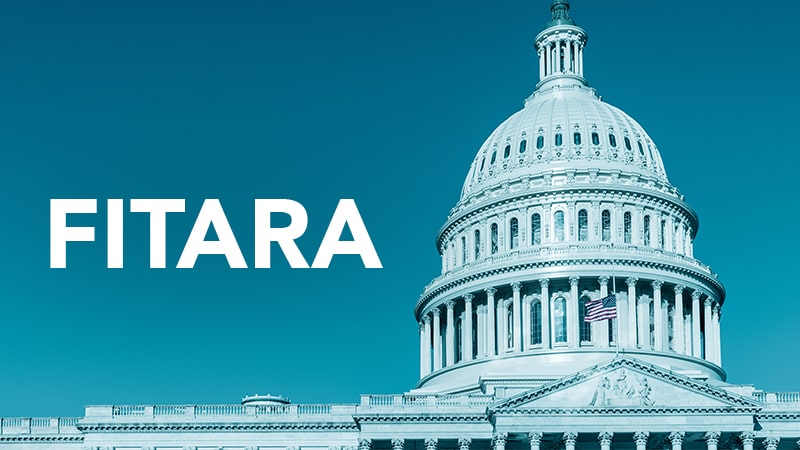
Private-sector providers of IT and security technologies to the Federal government liked the general trend of improvement in agency grades on the 16th edition of the FITARA Scorecard that came out last week, but also are eager to see progress on scorecard grading categories that shine a brighter light on agency cybersecurity and cloud use.
One-third of the 24 Federal CFO Act agencies earned higher grades on the 16th edition of the scorecard, which is compiled by the Government Accountability Office (GAO). The scorecard grades the 24 largest Federal agencies across an evolving range of IT-related categories.
On the latest scorecard, eight agencies saw their overall grades improve by one full grading letter, while the other 16 agencies hung steady with their grades from the 15th edition of the scorecard released in December of last year. No agency earned a lower grade, and none received worse than a “C” grade overall.
Three agencies received “A” grades overall – the U.S. Agency for International Development (USAID), the Department of Education, and the Department of Labor.
Last week’s scorecard includes grades on seven longstanding categories, but also previews two future grading categories – one for cloud and one for CIO reporting structure, budget and acquisitions – that did not contribute to overall agencies grades this time around but provide a window into GAO’s thinking for future scoring categories.
“In the 16th edition of the FITARA Scorecard, it’s encouraging to see eight agencies ascending by a full grading letter, a testament to their commitment to enhancing government technology,” said Gary Hix, chief technology officer at Hitachi Vantara Federal. “What stands out is that none of the agencies received a lower grade, reinforcing the continued progress in Federal IT management.”
“This scorecard highlights the importance of key factors such as data center consolidation, cybersecurity, and modernizing government technology in improving overall performance,” Hix continued. “These upcoming grading categories for cloud and CIO reporting, budget, and acquisitions show the dynamic nature of the FITARA scorecard and its evolution to keep pace with changes in IT.”
“They ensure that government technology initiatives remain responsive, efficient, and aligned with the needs of our government and its citizens,” he said. “It’s a cause we deeply care about – enabling government agencies to harness technology for better services and innovation. FITARA Scorecard 16.0 serves as a valuable compass for guiding our efforts to drive technological excellence in the public sector.”
Gary Barlet, Federal chief technology officer at Illumio, pointed to the upward trend for agency grades on the latest scorecard, but also said that shows “federal agencies are simply maintaining the status quo.”
“It’s essential to have cyber hygiene practices in place, but agencies must go beyond this baseline to build the resilience we need,” Barlet said. “As cyberattacks advance and become more frequent and consequential, agencies must implement strategies to not only prevent attacks from happening, but also to contain attacks when they inevitably break in.”
“I’m hopeful that the FITARA 17.0 Scorecard will challenge agencies to provide evidence of their progress in reducing cyber risk,” the Illumio official said.
Mike Wiseman, vice president, Public Sector, at Pure Storage, keyed on the cloud-related aspects of the scorecard, saying, “it’s encouraging to see the new focus on cloud in this iteration of the FITARA scorecard.”
“The new FITARA 16.0 scorecard category focused on cloud underscores the need for agencies to focus on adopting personalized cloud solutions to fit their changing needs,” he said. “IT leaders should focus on streamlining and accelerating technologies to deploy integrated cloud, hybrid cloud, and multi-cloud architectures, and upgrading legacy applications that they rely on.”
“The most advantageous solution for agencies to maximize their flexibility is one that operates in a single operating environment,” Wiseman said. “By prioritizing this type of data storage and management platform system, agencies can modernize their applications to gain the speed, agility, and scale needed to support a better citizen experience, access, and collaboration.”
